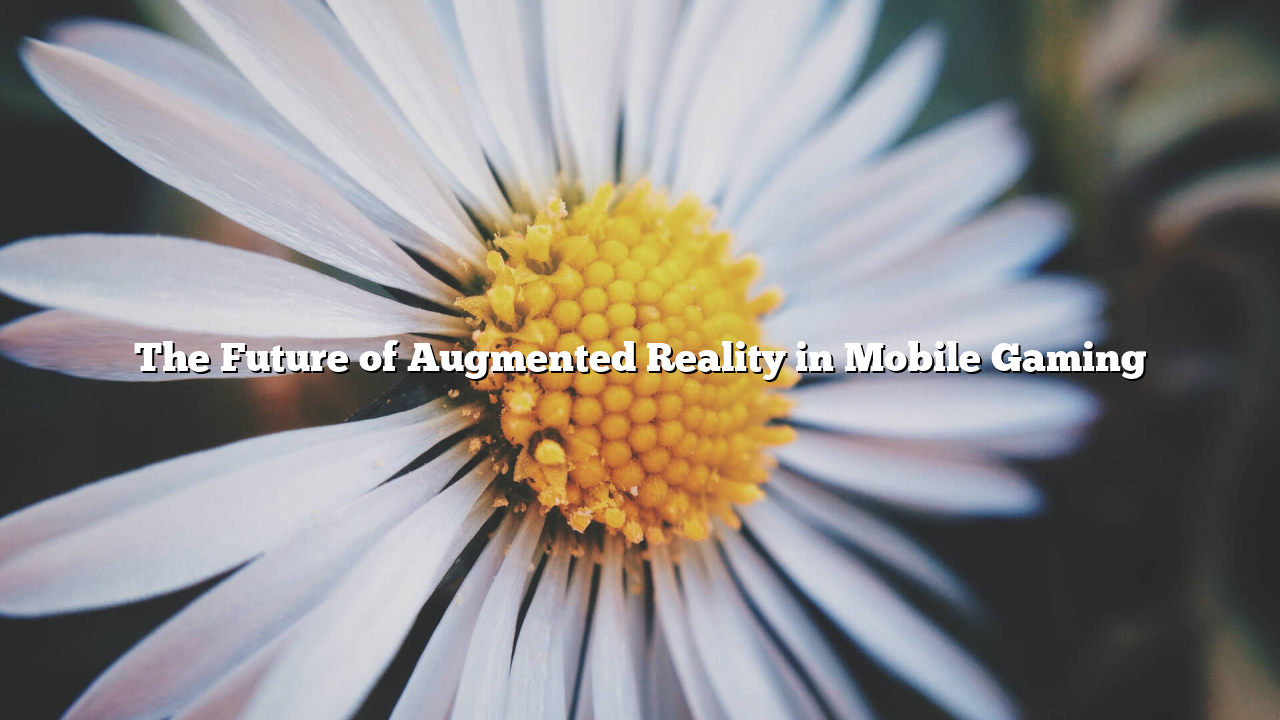Augmented Reality (AR) has revolutionized mobile gaming by blending the virtual and real worlds, offering immersive experiences that transform toto kasino how players interact with their environment. As technology advances, AR is poised to play an even greater role in the future of mobile gaming.
One of the most notable AR games, “Pokémon GO,” demonstrated the potential of AR by encouraging players to explore their surroundings to catch virtual creatures. Building on this success, future AR games will likely feature more sophisticated graphics, real-time interactions, and personalized content.
Advancements in smartphone hardware, such as improved cameras, sensors, and processing power, will enable developers to create more realistic and interactive AR experiences. 5G connectivity will facilitate faster data transfer, reducing latency and enabling seamless multiplayer AR gameplay.
AR’s integration with other emerging technologies like Artificial Intelligence (AI) and Machine Learning (ML) can lead to adaptive gameplay that responds to players’ behaviors, environments, and preferences, making experiences more engaging and personalized.
Moreover, AR has the potential to extend beyond entertainment into education, fitness, and social interaction. For example, fitness apps could overlay workout routines in real-world settings, while social AR games could facilitate shared experiences in public spaces.
However, there are challenges to overcome, including ensuring user safety, privacy concerns, and reducing battery consumption. Developers must design experiences that are both innovative and responsible, promoting healthy and safe engagement.
Looking ahead, AR is set to redefine mobile gaming by creating more immersive, interactive, and context-aware experiences. As hardware and software continue to evolve, AR’s role in gaming will expand, blurring the line between digital and physical worlds.











Leave a Reply